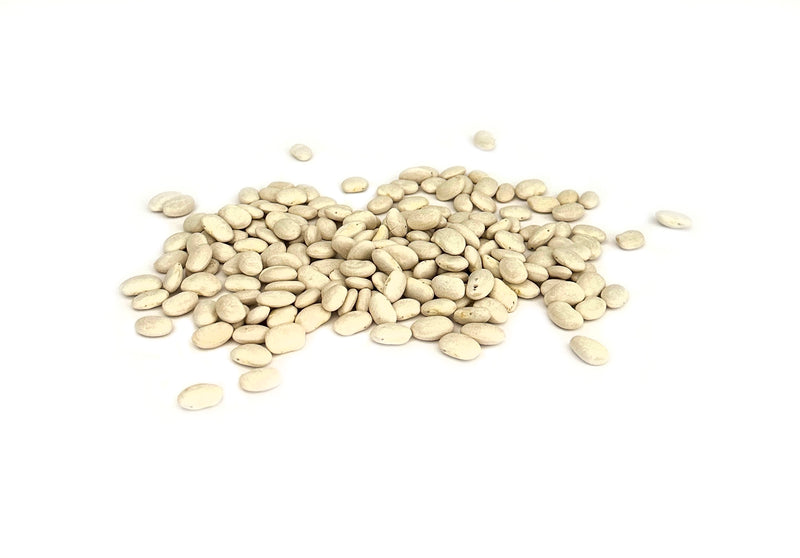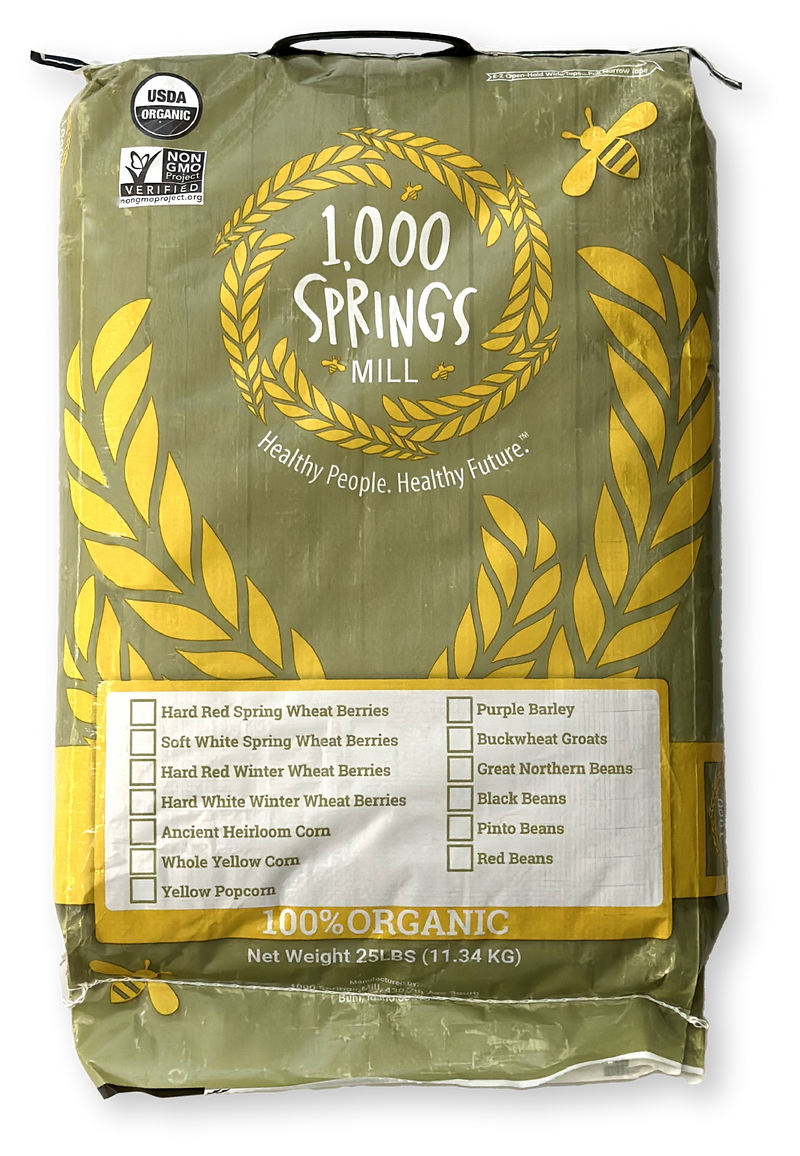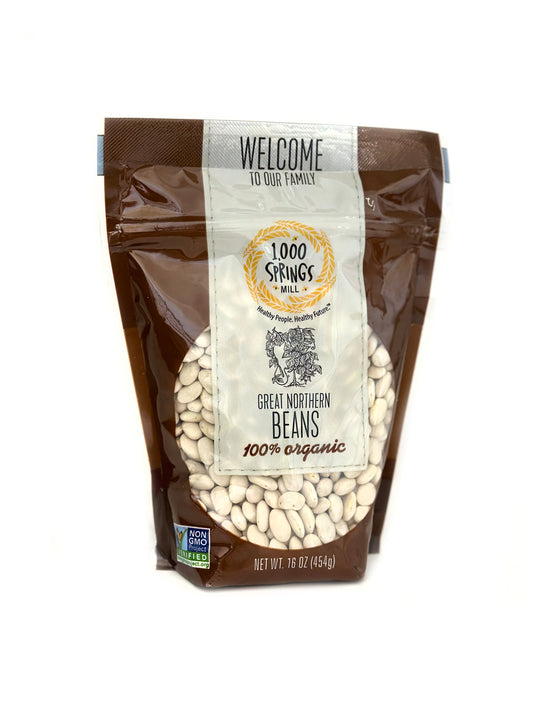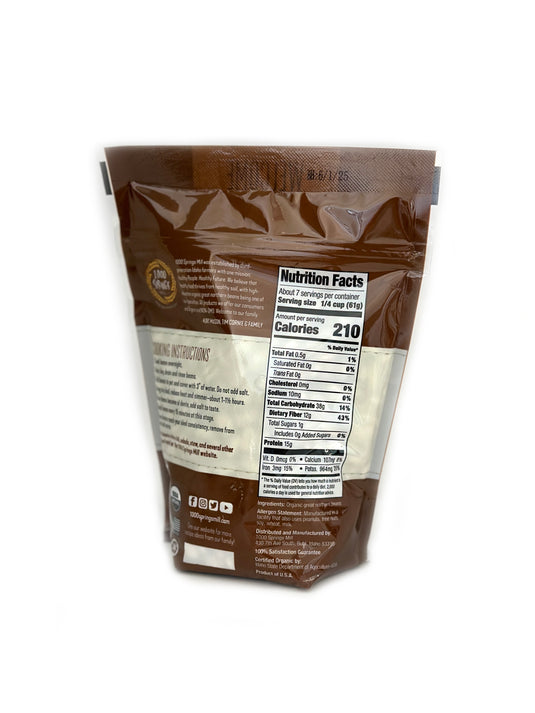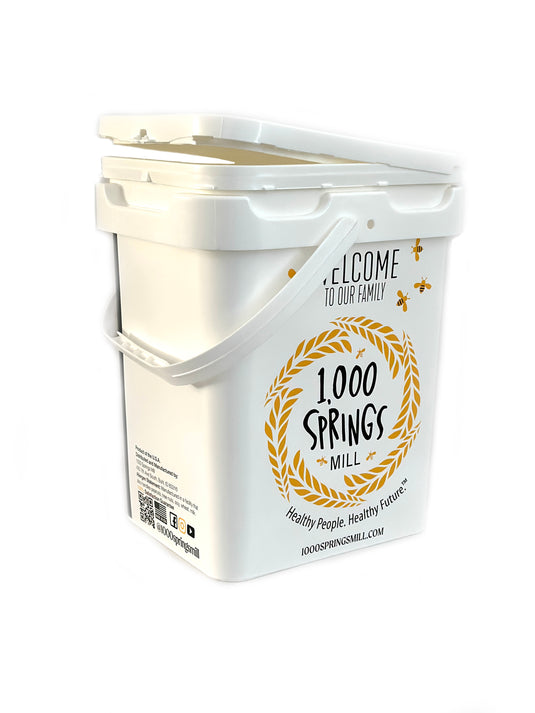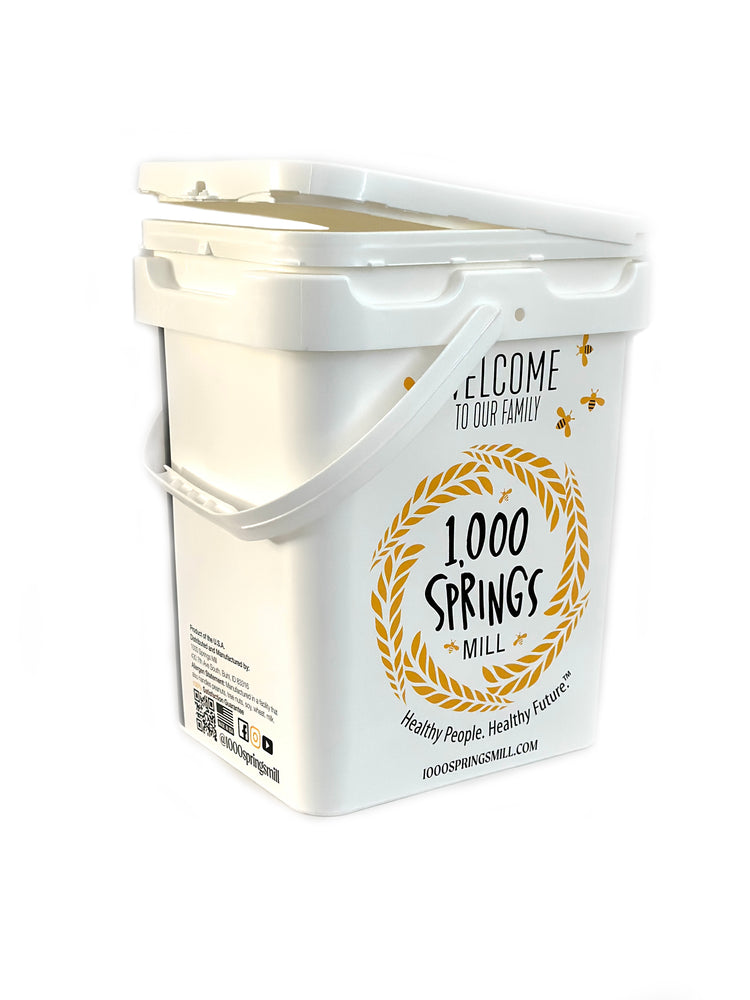Health Benefits
One of the main benefits of Great Northern Beans is their high protein content. Protein is essential for building and repairing muscles, tissues and organs, as well as supporting immune function and hormone production. One cup of cooked beans provides 14.7 grams of protein, which is about 30 percent of the recommended daily intake for women and 25 percent for men. Unlike meat, however, beans are cholesterol-free and contain very little saturated fat. For this reason, beans are considered a healthy source of plant-based protein that may lower the risk of heart disease, diabetes and some cancers.
Another benefit of Great Northern Beans is their rich fiber content. Fiber is a type of carbohydrate that helps regulate digestion, blood sugar levels and cholesterol levels. It also promotes a feeling of fullness and may prevent overeating. One cup of cooked beans supplies 12.4 grams of fiber, which is about 50 percent of the daily value. Fiber can be classified into two types: soluble and insoluble. Soluble fiber dissolves in water and forms a gel-like substance that binds to cholesterol and sugar molecules in the bloodstream, lowering their absorption. Insoluble fiber does not dissolve in water but adds bulk to stool and helps prevent constipation. Great Northern Beans contain both types of fiber, making them beneficial for digestive health as well as cardiovascular health.
Great Northern Beans also contain various vitamins and minerals that support different bodily functions. Some of these include folate, phosphorus, manganese, thiamine (vitamin B1), vitamin B6 (pyridoxine), riboflavin (vitamin B2) and niacin (vitamin B3). Folate is especially important for pregnant women as it helps prevent neural tube defects in unborn babies. Phosphorus and manganese are involved in bone health and energy metabolism. Thiamine helps convert carbohydrates into energy. Vitamin B6 supports nervous system function. Riboflavin helps maintain healthy skin and eyesight. Niacin helps lower LDL (bad) cholesterol levels.As you can see, Great Northern Beans are not only tasty but also nutritious. They can help you meet your daily protein and fiber needs while providing other essential nutrients that boost your overall health.
Popular Uses for Great Northern Beans
Great Northern Beans are perfect for adding flavor and texture to soups and stews. They absorb the flavors of the other ingredients and provide a creamy texture that makes the dish hearty and filling.
Great Northern Beans can also be used in salads, either as the main ingredient or as a complementary addition. They add a nutty flavor and a creamy texture to salads and pair well with fresh vegetables and leafy greens.
Great Northern Beans are a popular ingredient in casseroles, providing a creamy texture and nutty flavor that complements the other ingredients. They can be used in vegetarian and meat-based casseroles alike.
Great Northern Beans can be blended with other ingredients to create delicious dips and spreads. They pair well with herbs, garlic, and spices, making them a great base for hummus and other Mediterranean-style dips.
Great Northern Beans can be used in baked goods as a healthy and protein-rich alternative to flour. They can be ground into a fine powder and used in bread, muffin, and pancake recipes.When using Great Northern Beans in recipes, it is important to keep in mind that they should be soaked and cooked thoroughly before use. This ensures that they are tender and fully cooked, making them easier to digest and preventing any potential digestive discomfort.Overall, Great Northern Beans are a versatile ingredient that can be used in a variety of dishes, from soups and stews to salads and baked goods. They are a nutritious and flavorful addition to any meal and can be enjoyed in a variety of ways.

What Are Great Northern Beans?
Great Northern Beans are a type of legume that have become increasingly popular in recent years due to their versatility and health benefits. These beans are a member of the Phaseolus vulgaris species and are native to North America. Great Northern Beans are characterized by their creamy texture, nutty flavor, and oval shape. They are commonly used in a variety of dishes, including soups, stews, salads, and casseroles.Historically, Great Northern Beans were a staple food for Native American tribes and were later adopted by European settlers who brought the beans with them as they migrated across the continent. Today, Great Northern Beans are grown in various regions throughout the world, including the United States, Canada, and Europe.In this article, we will explore the nutritional value and health benefits of Great Northern Beans, as well as their culinary uses and buying and storage tips. Whether you are a seasoned cook or just starting to experiment with new ingredients, Great Northern Beans are a nutritious and delicious addition to any meal. So, let's dive in and discover what makes these beans so great!
Tips For Growing & Storing Great Northern Beans
If you are interested in growing your own beans, here are a few tips on what you need to do to be successful in growing and storing them.
Climate and Soil: Great Northern Beans prefer a warm, dry climate and well-drained soil. They can be grown in a variety of soil types, but the soil should be well-draining to prevent waterlogging.
Planting: Great Northern Beans should be planted after the last frost in the spring. Plant the seeds 1-2 inches deep and 4-6 inches apart. They should be planted in rows with a distance of 2-3 feet between rows.
Watering: Great Northern Beans require regular watering, especially during flowering and pod development. They should be watered deeply once a week, and the soil should be kept moist but not waterlogged.
Harvesting: Great Northern Beans are ready for harvest when the pods turn yellow and dry. The beans should be removed from the pods and dried in a cool, dry place. For storing your beans and keeping them in their best condition year round:
Dried Beans: Great Northern Beans can be stored in an airtight container in a cool, dry place for up to one year. It is important to keep them away from moisture, heat, and light, as these can cause the beans to spoil.
Cooked Beans: Cooked Great Northern Beans can be stored in the refrigerator for up to five days or frozen for up to six months. It is important to store them in an airtight container to prevent moisture from entering.Soaked Beans: If you plan to soak Great Northern Beans before cooking, it is best to do so in the refrigerator to prevent bacterial growth. Soaked beans can be stored in the refrigerator for up to three days.In summary, Great Northern Beans can be grown in a warm, dry climate with well-draining soil. They require regular watering and can be harvested when the pods turn yellow and dry. Dried beans can be stored in a cool, dry place for up to one year, while cooked and soaked beans should be stored in the refrigerator in an airtight container to prevent spoilage. By following these tips, you can enjoy fresh, flavorful Great Northern Beans all year round.
Preparing Great Northern Beans
Here are some quick tips for preparing Great Northern Beans in you own meals.
Soaking: Great Northern Beans should be soaked before cooking to reduce cooking time and improve digestibility. Soak the beans in water overnight or for at least six hours, then drain and rinse before cooking.
Cooking: Great Northern Beans can be cooked in a variety of ways, including boiling, steaming, and pressure cooking. It is important to cook them thoroughly to ensure that they are tender and fully cooked. Cooking time can vary depending on the method and freshness of the beans.
Seasoning: Great Northern Beans have a mild, nutty flavor that pairs well with a variety of seasonings and spices. They can be seasoned with salt, pepper, garlic, onion, and herbs to enhance their flavor and complement other ingredients in a dish.
Pairing: Great Northern Beans can be paired with a variety of ingredients to create delicious and nutritious meals. They pair well with vegetables, grains, meats, and dairy products, making them a versatile ingredient in many cuisines.
Canned Beans: Great Northern Beans can be found canned in many grocery stores, making them a convenient option for quick meals. It is important to rinse canned beans before using them to remove excess salt and preserve their flavor and texture.
In summary, Great Northern Beans should be soaked before cooking, cooked thoroughly, and seasoned with complementary flavors and spices. They can be paired with a variety of ingredients to create delicious and nutritious meals, and canned beans should be rinsed before use. By following these tips, you can prepare Great Northern Beans in a way that brings out their best qualities and flavors.



